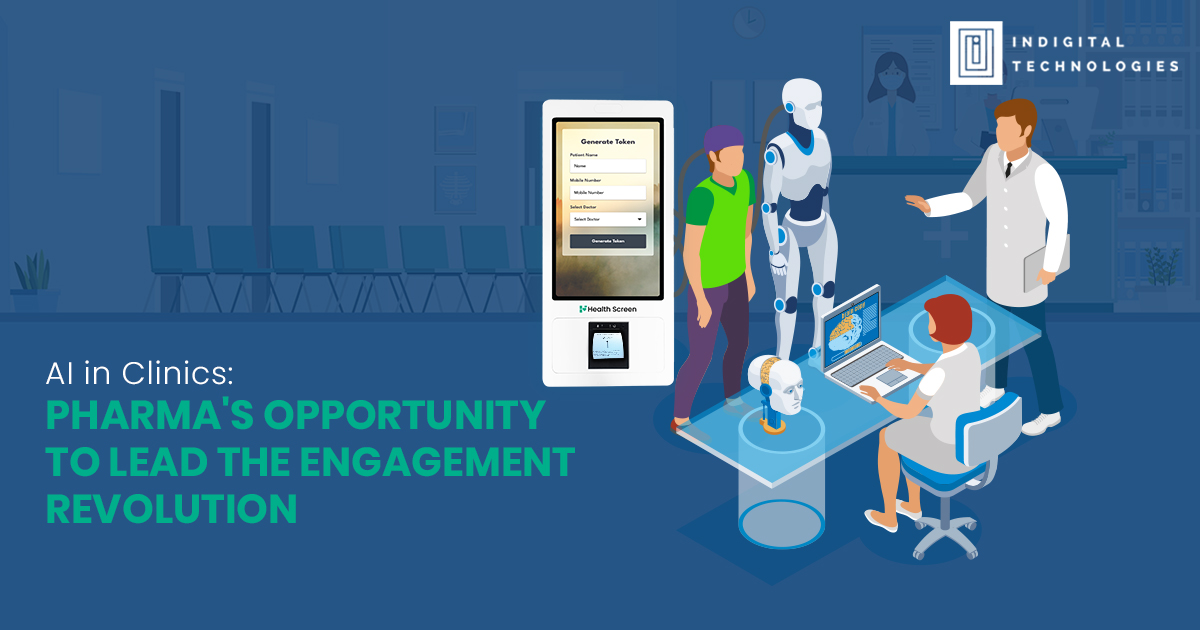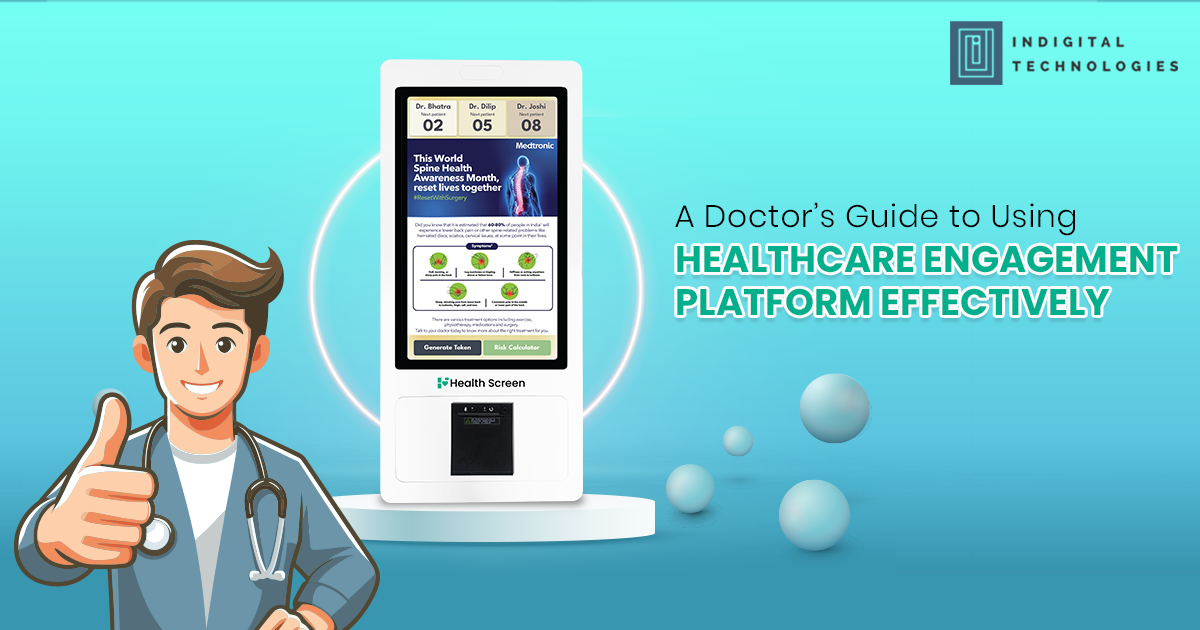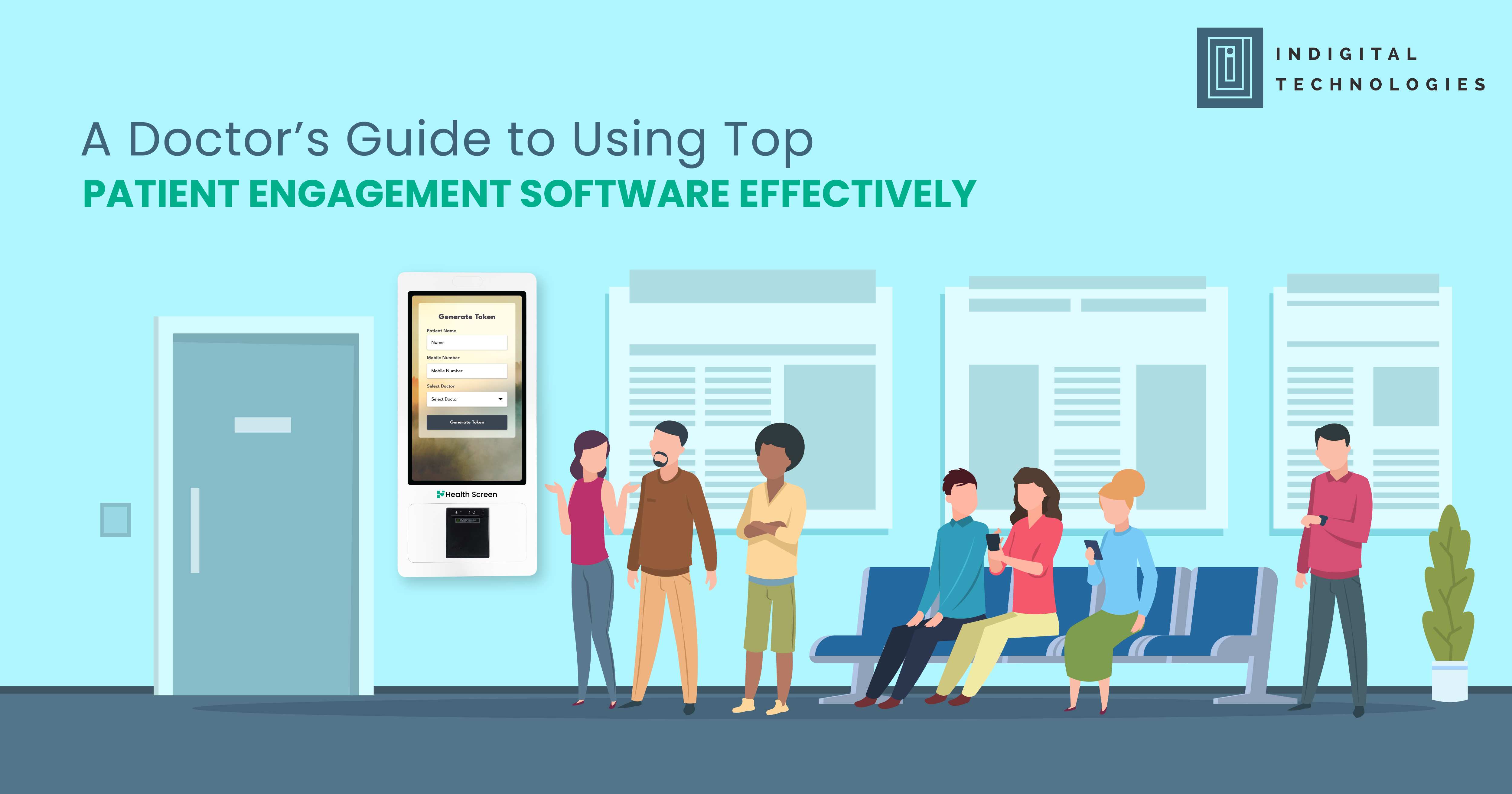Introduction: A Shift That’s Already Happening
Across India’s clinics and hospitals, artificial intelligence (AI) is making quiet but transformative inroads. It’s automating queues, predicting patient risks, analyzing symptoms, and enhancing consultations—all in real time. And while clinicians are embracing these tools to optimize time and outcomes, pharma companies have an untapped opportunity to become the driving force behind this AI-powered engagement revolution.
This isn’t just about introducing another tech feature. It’s about reimagining how care is delivered—and how pharma can lead this transformation with tools that improve doctor efficiency, patient trust, and therapy success.
1. The AI Wave Has Hit Outpatient Clinics
Long gone are the days when AI was reserved for top-tier hospitals. Today, AI is helping small and mid-sized clinics with:
- Predictive screening tools that flag high-risk patients
- Smart token systems that optimize patient flow
- Digital counsellors that explain diagnoses visually
- Feedback bots that collect patient reviews and insights
These tools are not only making care more accurate but also more engaging—which is exactly where pharma can step in.
2. From Drug-Centric to Experience-Centric
Historically, pharma focused on product promotion. But in a value-based care environment, the brand that helps doctors create better patient experiences earns long-term loyalty.
By co-creating or supporting AI-based clinic engagement tools, pharma moves from being a supplier to becoming an enabler of care. This shift positions brands as partners in outcomes, not just prescriptions.
Imagine a branded AI tool that predicts diabetes risk in under a minute or guides patients on hypertension lifestyle changes—all while reinforcing the role of the brand in empowering care.
3. Automating the Repetitive, Amplifying the Human
Doctors are increasingly burdened with administrative overload: paperwork, manual queue management, patient education, and more.
AI can handle these repetitive tasks so that doctors can focus on what matters—care. From auto-sorting patients based on urgency to displaying customized educational material in the waiting room, AI enhances doctor-patient interaction without extending consultation time.
Pharma teams that enable such efficiencies become integral to the clinic’s daily workflow.
4. Engagement Tools with Built-In AI
The most successful engagement platforms today are infused with AI, offering features like:
- Real-time wait estimations
- Language-based content customization
- Auto-triggered patient reminders
- Symptom-to-risk converters for triaging
These aren’t just technical gimmicks—they solve real clinic problems. By backing or branding these tools, pharma doesn’t just promote a product—it contributes to solving bottlenecks in care delivery.
5. The Power of AI in Patient Education
One of the biggest gaps in Indian clinics is patient understanding. Complex diagnoses, rushed explanations, and low health literacy often leave patients confused.
AI solves this through:
- Visual explanations tailored to age and condition
- Predictive guidance based on patient responses
- Auto-play educational clips while patients wait
These tools don’t replace the doctor. They extend the doctor’s voice—before, during, and after the consultation. And they offer pharma a powerful, ethical channel for brand visibility.
6. Data-Backed Engagement for Smarter Pharma Strategy
With proper compliance and anonymization, AI tools also generate insights:
- Which conditions are most frequently flagged?
- Where are patients dropping off from follow-up?
- What content gets the most engagement?
Pharma can use this intelligence to fine-tune messaging, improve support programs, and even plan more targeted field visits—making every touchpoint smarter and more relevant.
7. AI Tools Build Trust—When Done Right
Engagement powered by AI is only effective when it is:
- Compliant with privacy laws like India’s DPDP Act
- User-friendly for clinics with minimal tech infrastructure
- Tailored to patient demographics and clinical needs
Top pharma brands are already experimenting with such tools—not as a side campaign, but as a core engagement strategy. Supporting AI engagement is no longer an innovation—it’s becoming a necessity.
Conclusion: Pharma’s Role in Shaping AI-Led Clinics
The future clinic is already taking shape. AI will sit silently behind every interaction—from token counters to post-visit instructions, from risk prediction to patient education.
Pharma companies that align with this direction now will not only improve patient outcomes but also secure a front-row seat in every doctor-patient conversation. Not by shouting for attention—but by quietly enabling value where it matters most.





